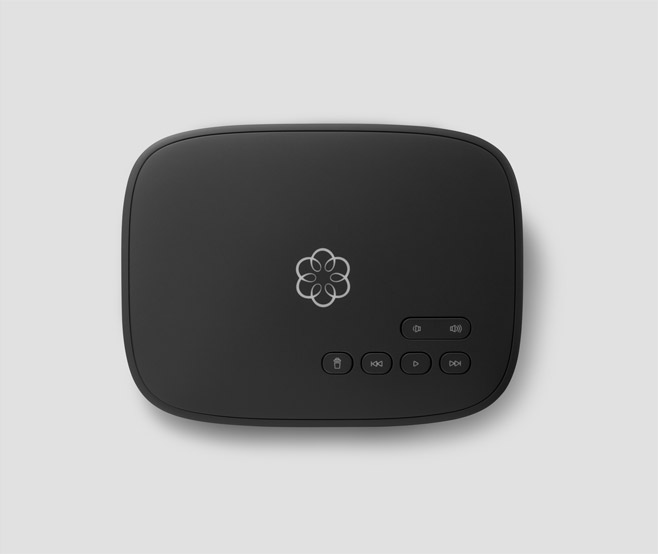The team found that employees with liberal “Work from anywhere” arrangements were 4.4 percent more productive than those following a more traditional “Work-from-home” policy that gives schedule flexibility but requires workers to live near the office.
While digital technology has made workers more efficient and accessible than ever before, many companies have been slow to let employees work from home.
“While prior academic research has studied productivity effects of ‘working from home’ that gives workers temporal flexibility, ‘work from anywhere’ goes a step further and provides both temporal and geographic flexibility,” says Choudhury, who co-authored the paper, Work from Anywhere: Geographic Flexibility and Productivity Effects at the United States Patent Office, with HBS doctoral student Cirrus Foroughi and Barbara Larson, executive professor of management at Northeastern University.
While digital technology has made workers more efficient and accessible than ever before, many companies have been slow to let employees work from home regularly, let alone from anywhere at any time.
While working remotely, productivity increased among all examiners and continued to rise with each step toward the full work-from-anywhere flexible working policy, the researchers found.
Examiners perform their work independently, adhering to the same best practices of patent searches-a style of work that prior research has termed “Pooled interdependence.” Choudhury stresses that the research results apply only to companies or units that employ this type of worker.
Work-from-anywhere policies could increase costs in work environments that require brainstorming and project-based interaction, says Choudhury, adding that more research is needed to fully understand the implications of remote work in more collaborative settings.













